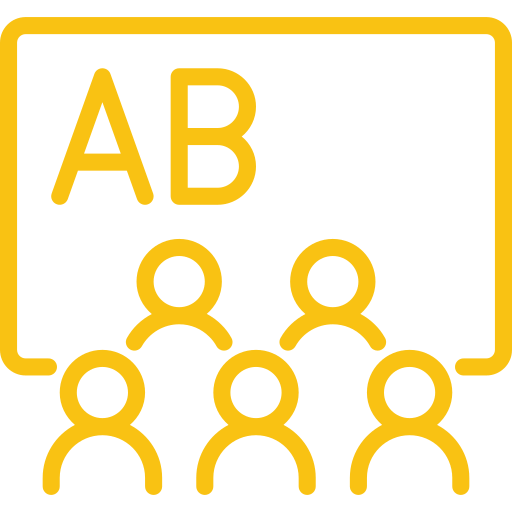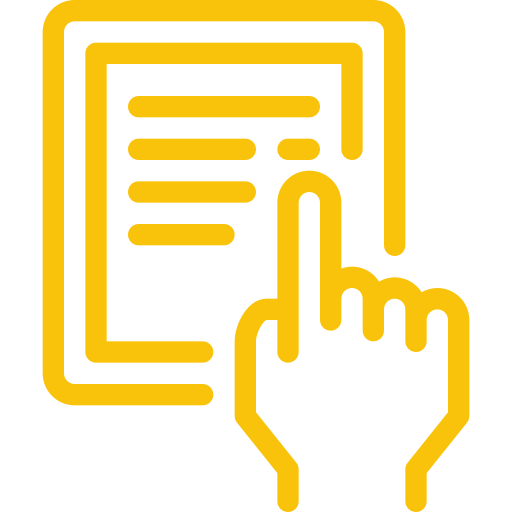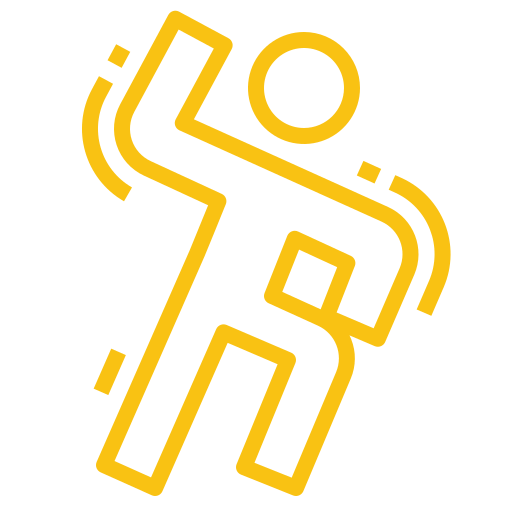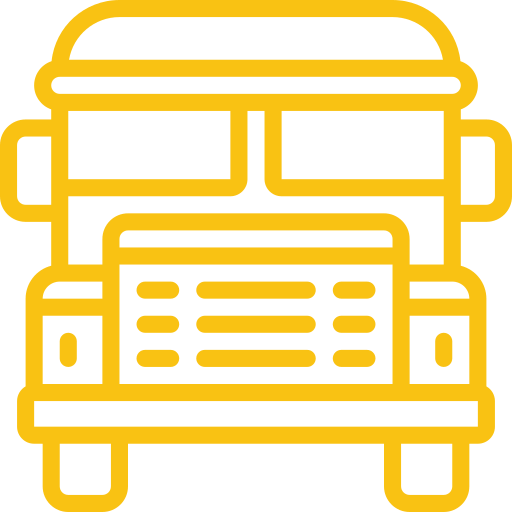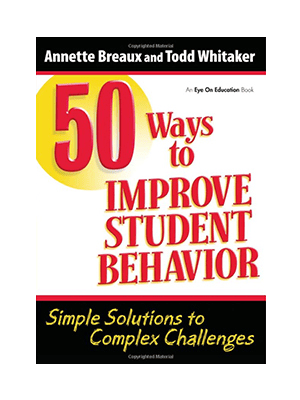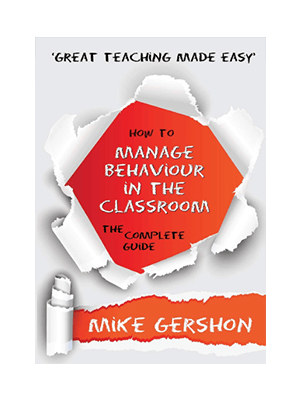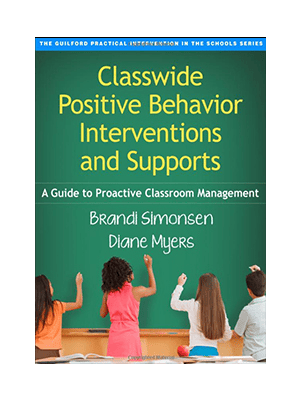The Organized Teacher
Wouldn’t it be nice to walk into your classroom and feel less stress this year? Study after study confirms that clutter and stress are connected – the more “stuff” we have to manage, the more anxious we feel. As we start the new year, let’s take a look at some simple ways to declutter classrooms and create more organized spaces using a minimalist approach.
Minimalism in the Classroom
First, let’s set the record straight on what minimalism is and isn’t. Minimalism is not doing away with all of our possessions and teaching in a stark white room. Minimalism is a way of living thoughtfully and carefully considering the value of the items and tasks we choose to surround ourselves with each day. As Joshua Fields Millburn, creator of “The Minimalists” podcast, describes it, minimalism is “addition by subtraction.” When we streamline our day, physically and mentally, we make more time and space for the things that truly matter.
At its heart, minimalism is the opportunity to look at what we truly value in our lives. As you seek to organize your classroom and reduce clutter, ask yourself these questions:
- Is it presently or regularly useful?
- Does it clearly impact teaching and learning?
- Is it worth my time and money to store it?
Packing up materials, storing them, moving them from space to space, sorting through boxes to find things – all these actions require a lot more time and energy than most of us realize. If items in your classroom are not regularly used or do not clearly impact teaching and learning, you have to ask if these items are worth your time and energy to store year after year. This is especially true for items you don’t have a current use for. If it would be relatively easy or cost efficient to simply replace the items in the future, if needed, that might be better than expending time and energy worrying about storage logistics (and the general stress of owning too much stuff). For example, I used to carefully store large quantities of seasonal decorations for my classroom – often things I picked up on clearance. Once I realized how much time I was spending sorting, storing, and reassembling these decorations, I reassessed the situation. These items were not regularly useful and certainly weren’t essential to teaching and learning. Rather than continuing to spend the year managing decorations that came out for a month or two, I started asking students to help create room decorations as the seasons changed, and I felt a sense of relief. As we look around at each item and each storage tub in the classroom, consider the questions above to reduce extraneous materials.
Here are some additional tips to consider as you make your classroom a more organized space:
- If you don’t use it weekly, store it. Teachers and students can do without the visual distraction.
- There is power in blank spaces. When teachers and children have places to rest their eyes – away from word walls, motivation quotes, and colorful posters, it provides a sense of calm.
- If you tend to store student projects from year to year, ask yourself if some of these could be digitized and shared via presentation rather than saving the physical copies.
- Use the best storage containers you can afford. Home organizers most often recommend bins with lids so there is the option to stack storage, clear containers so the contents can be seen even if the label falls off, and selecting brands that can be purchased from year to year (versus clearance or dollar store items).
Beyond Physical Clutter
If you are looking for more inspiration to declutter your life, consider listening to or following “The Minimalists” (available as a podcast or website). The hosts Joshua Fields Millburn and Ryan Nicodemus have practical tips and strategies to start small. They propose that downsizing can move beyond physical “stuff” to the way we approach our lives, including work. The book The Minimalist Teacher also offers tips on this subject.
To get started, consider these questions during your next curriculum review:
- Does this activity or project serve an essential purpose in my teaching and learning?
- What specific value does this project or activity bring to my classroom?
- Is there a better use of our time and energy in class that would better meet students’ needs?
In the same way that we sometimes outgrow or no longer need the things we own, the same is true of the tasks and activities we engage in each day. When we consider the value of each task in relation to the amount of time and energy it pulls from our limited day, we can make better decisions about what should stay and what should go.
If you’d like to read more articles like this, check out our teacher’s blog, Teachers Helping Teachers for more resources, tips and articles.
